Utilizing NetworkX for Graph-Based Country Border Analysis Maksim Shutov in Unsplash Python offers a wide range of libraries that allow us to easily and quickly address problems in various research areas. Geospatial data analysis and graph theory are two research areas where



Recent Comments